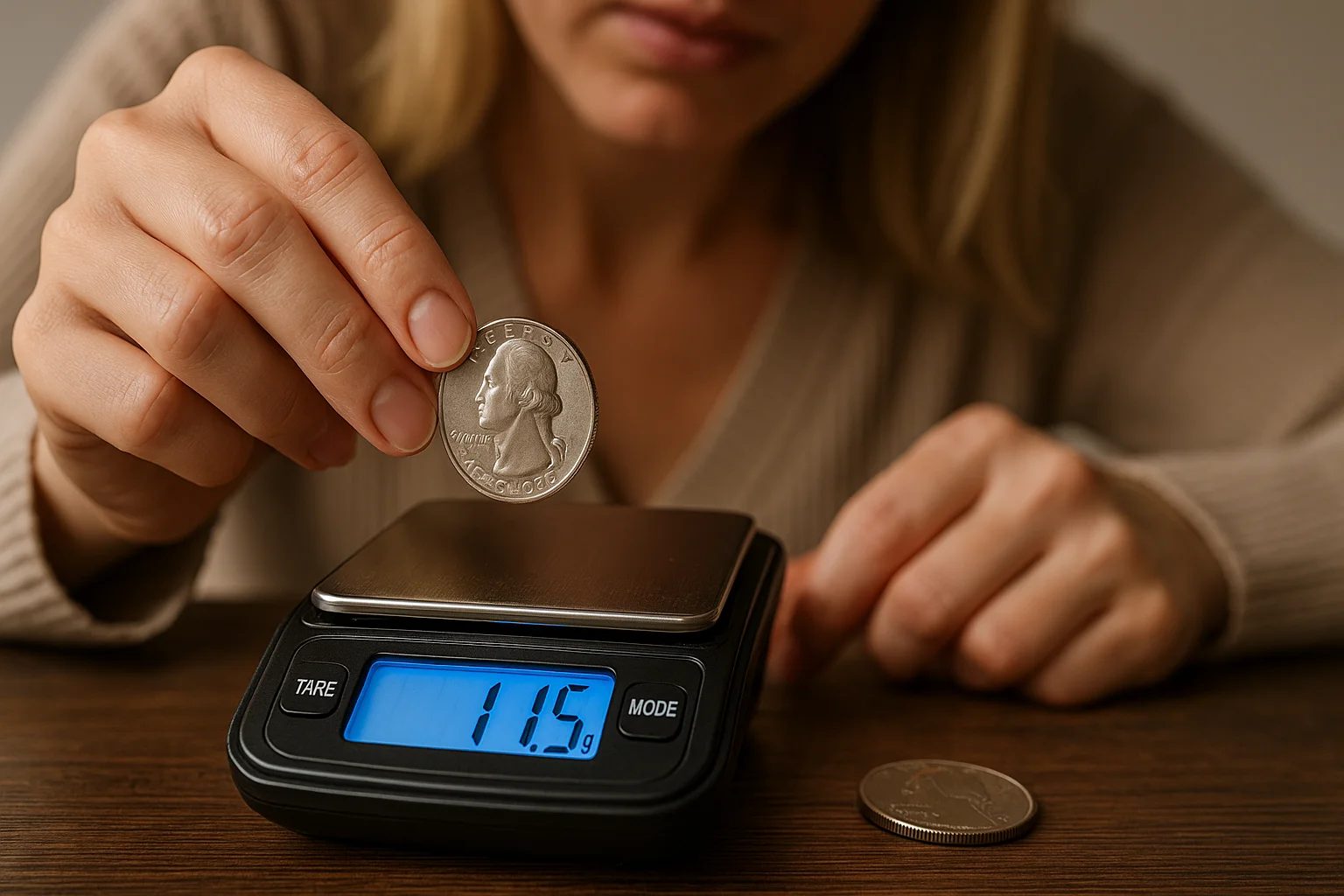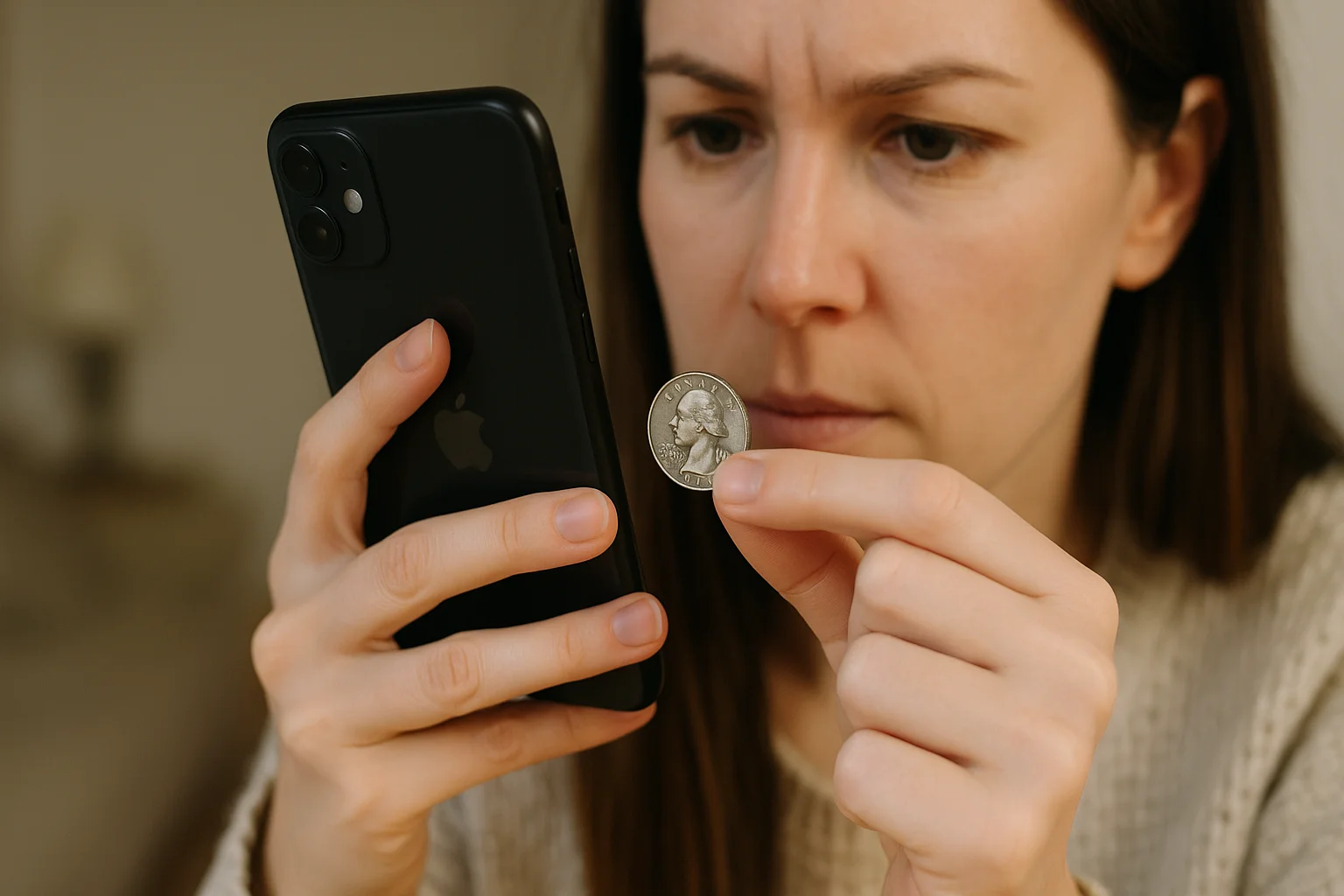The Smart Collector’s Checklist for Rare Bicentennial Quarters
In 1976, the United States celebrated its bicentennial with a unique redesign of the quarter — the Washington obverse paired with a reverse showing a Colonial drummer. Millions were struck, and most still hold only face value. But here is the interesting part: some examples have proven to be surprisingly valuable.
Many collectors are fascinated by the rare bicentennial quarter value, which can range from just 25 cents to hundreds — even thousands — of dollars, depending on the coin’s type, grade, and unique features. So, today we offer you to explore which Bicentennial quarters are worth adding to your collection, what makes them special, and how to spot them in real life.
Understanding the Bicentennial Quarter
Before exploring the rare and valuable types, it helps to know the basics of the Bicentennial quarter — why it was made, and what makes it different from other Washington quarters. This wasn’t just another yearly release; it marked America’s 200th birthday and carries a piece of that celebration.
In 1976, the U.S. Mint replaced the usual eagle reverse with a Colonial drummer designed by Jack L. Ahr, alongside a victory torch and thirteen stars for the original colonies.
All Bicentennial quarters were struck in 1975 and 1976, but each shows the dual date “1776–1976.” They came in two main versions: copper-nickel coins for everyday use, and special collector issues in 40% silver or proof finishes.
Fun fact: It is one of the few times the quarter’s design changed for a commemorative event — and the only U.S. quarter in circulation with two dates.
Feature | Details |
Purpose of Issue | Commemorate the 200th anniversary of American independence |
Years Struck | 1975 and 1976 (all dated 1776–1976) |
Designer (Reverse) | Jack L. Ahr |
Obverse Design | George Washington by John Flanagan |
Reverse Design | Colonial drummer, victory torch, and 13 stars |
Mint Locations | Philadelphia (no mint mark), Denver (D), San Francisco (S) |
Main Compositions | Copper-nickel clad (circulation), 40% silver clad (collector issues) |
Special Versions | Proof coins, uncirculated silver-clad coins in sets |
Bicentennial Quarters That Are Worth a Place in Your Collection
While most Bicentennial quarters are worth little more than their face value, certain types and grades stand out in the market. Please refer to our checklist of categories below to see what serious collectors are looking for.
Special 40% Silver Issues
These Bicentennial quarters are among the most popular with collectors because they were made specifically for sets, not for everyday mass use. Struck only at the San Francisco Mint, they carry the “S” mint mark and come in two finishes: Proof Silver with highly reflective surfaces, and Uncirculated Silver with a softer, matte look from Special Mint Sets (SMS).
Because they were kept in sets, many remain in excellent condition — but the highest-graded coins are still hard to find. Proof coins with perfect Deep Cameo contrast and uncirculated silver quarters in near-pristine condition can sell for hundreds of dollars. These are also heavier than standard copper-nickel quarters and lack the copper-colored stripe on the edge, making them easy to identify once you know the signs.
Key features:
Minted only in San Francisco with “S” mint mark
40% silver composition
Two finishes: Proof Silver (mirror fields, frosted design) and Uncirculated Silver (matte)
Heavier than regular quarters (11.5 g vs. 5.67 g)
Uniform silver edge, no copper stripe
Type | Mint Mark | Finish | Weight | Value (Top Grade) |
Proof Silver | S | Mirror-like | 11.5 g | $250–$400+ |
Uncirculated Silver | S | Matte | 11.5 g | $150–$300+ |

High-Grade Circulation Strikes
While billions of copper-nickel Bicentennial quarters were made for everyday use, only a tiny fraction survive in exceptional condition. Most were quickly worn down in circulation, so finding one graded MS67 or higher is rare. Philadelphia (no mint mark) and Denver (D) issues are both collectible in these top grades.
High-grade circulation strikes have sharp details, bright original luster, and no distracting marks. They can look almost proof-like when fresh from the mint. Because of their scarcity in such conditions, they are prized by registry collectors and can sell for impressive sums compared to face value.
Key features:
Copper-nickel clad composition for circulation
Philadelphia (no mint mark) and Denver (D) mints
MS67 or higher is rare due to heavy wear in circulation
Attractive luster and sharp details add value
Mint Mark | Grade | Typical Value Range |
No mint mark (P) | MS67 | $200–$350 |
D | MS67 | $200–$350 |
Either | MS68 | $600–$900+ |
Rare Mint Errors
A small number of Bicentennial quarters left the U.S. Mint with striking mistakes that make them far more valuable than regular examples. These errors are not damage from circulation — they happened during production, and each one is unique. The most collectible are pieces that are easy to spot without special tools, as they have stronger visual appeal and higher demand. Confirmed mint errors on Bicentennial quarters include doubled dies, off-center strikes, clipped planchets, wrong planchets, and missing clad layers.
Below is a list of documented errors, how to recognize them, and the typical prices they can bring depending on condition.
Error Type | How It Appears / What to Look For | Typical Value Range |
Doubled Die Obverse/Reverse | Elements like the date “1776–1976,” lettering, or details of the drummer appear doubled under magnification. Look for strong, clear doubling, not just a shadow. | $150–$1,000+ |
Off-Center Strike | Part of the design is missing, with a blank crescent of metal visible. The more off-center (while keeping full date visible), the higher the value. | $100–$500+ |
Clipped Planchet | A curved or straight section of the coin’s edge is missing, caused by a misfeed of the blank planchet during cutting. | $80–$250 |
Wrong Planchet | Coin struck on a blank meant for another denomination, such as a 5¢ nickel or 40% silver planchet. Often lighter or heavier than normal and may not have a copper edge. | $500–$3,000+ |
Missing Clad Layer | One side shows exposed copper instead of the usual clad finish. The surface will be dull and reddish compared to the normal silver-gray color. | $150–$600 |
Proof Coins with Cameo and Deep Cameo
Proof Bicentennial quarters are made with specially prepared dies to produce a high-quality finish. But within proofs, there are levels of contrast. Cameo coins have frosted designs against mirrored backgrounds, while Deep Cameo (DCAM) coins show a strong, bold contrast that’s especially striking in silver proofs.
Collectors value these coins for their visual appeal, and the highest-graded examples (PR69 and PR70) can bring strong prices. Cameo contrast can fade if a coin is mishandled, so well-preserved examples are worth the most. Evaluating them often requires good lighting or magnification to fully appreciate the depth of the frost and the mirror-like fields.
Key features:
Proof strikes from San Francisco Mint
Cameo: moderate frosted contrast
Deep Cameo: strong, sharp contrast, most desirable
High grades and silver composition increase value
Finish Type | Grade | Value Range |
Cameo | PR69 | $50–$120 |
Cameo | PR70 | $150–$300 |
Deep Cameo | PR69 | $120–$250 |
Deep Cameo | PR70 | $250–$500+ |
Tools for Quick Identification
When you are dealing with large batches of coins, it is surprisingly easy to overlook something valuable — especially subtle varieties or small mint errors. That’s why experienced collectors often rely on more than just the naked eye.
Good lighting and a basic magnifying glass or jeweler’s loupe are essential for spotting fine details in the design, mint marks, or possible doubling. A precision scale can also help you distinguish between copper-nickel and 40% silver quarters by weight, and a digital caliper can detect planchet irregularities.
For fast digital help, Coin ID Scanner app is one of the most convenient options. By taking a clear photo, you can get the coin’s date, type, features, metal composition and an estimated market value, especially useful for identifying silver issues or rarities without flipping through price guides. Other references or online groups can complement this, letting you cross-check information and confirm what you have before deciding to sell or submit for grading.

Storing and Preserving Value
Even the rarest Bicentennial quarter can lose much of its value if it is scratched, toned improperly, or handled carelessly. Proper storage isn’t just about looks — it is about protecting your investment for the long term.
Recommendations for Safe Storage:
Use protective holders: Coin capsules, 2x2 cardboard flips, or archival-grade plastic flips will shield the coin from fingerprints, dust, and accidental scratches.
Maintain stable conditions: Store in a cool, dry place, away from direct sunlight, humidity, or sudden temperature changes. Fluctuations can cause metal to tarnish or develop spots.
Handle with care: Always hold coins by the edges, preferably while wearing cotton gloves, to avoid transferring skin oils that can stain metal over time.
Avoid cleaning at all costs: Even gentle cleaning can leave hairline scratches invisible to the naked eye but obvious under magnification — and grading services will lower the coin’s grade.
Consider professional grading: For especially rare or high-value coins, encapsulation by services like PCGS or NGC not only protects the coin but also certifies authenticity and grade, adding market confidence.
Label and organize: Keep an inventory with notes about each coin’s condition, variety, and purchase details. This helps track your collection’s value and makes it easier to insure.
With the right tools and proper storage, you can ensure your Bicentennial quarters remain in the same condition — and retain their full value — for decades to come.
More Than Just Change
The Bicentennial quarter isn’t only a 25-cent piece — it’s a snapshot of history with versions that range from ordinary to highly collectible. Thanks to learning the key differences, you can quickly tell which ones are worth a second look. And remember that a little knowledge always goes a long way in spotting coins that truly stand out.

